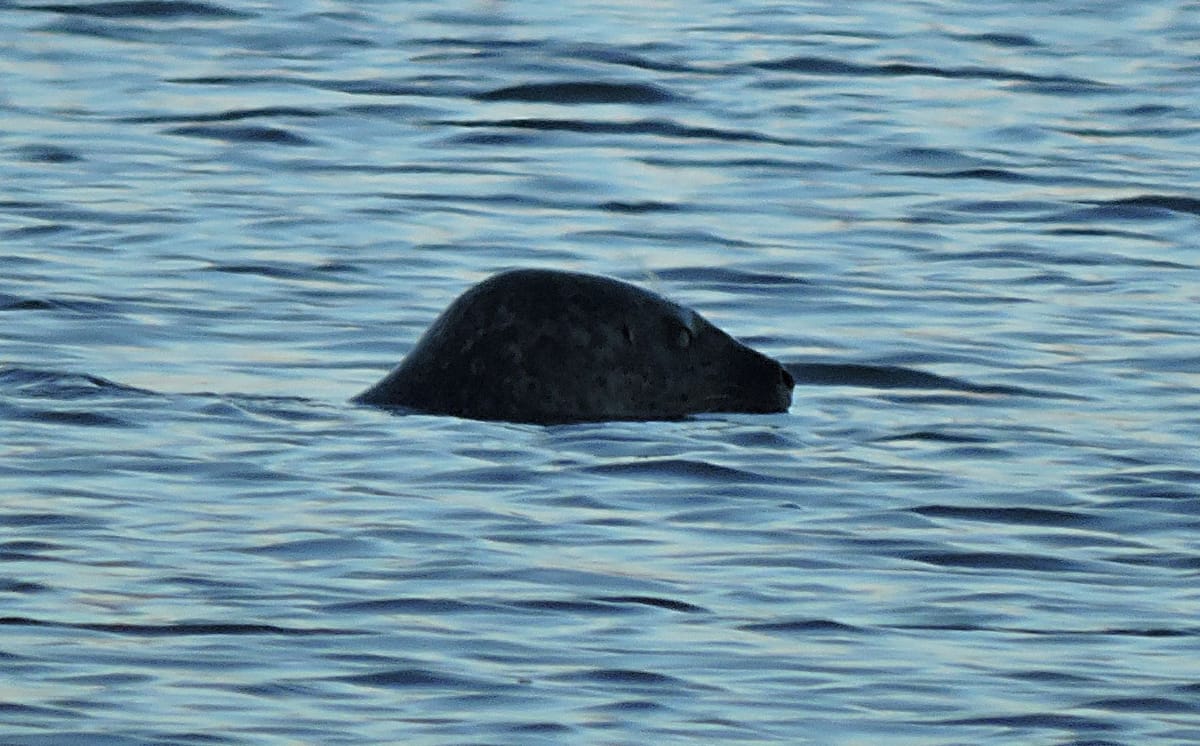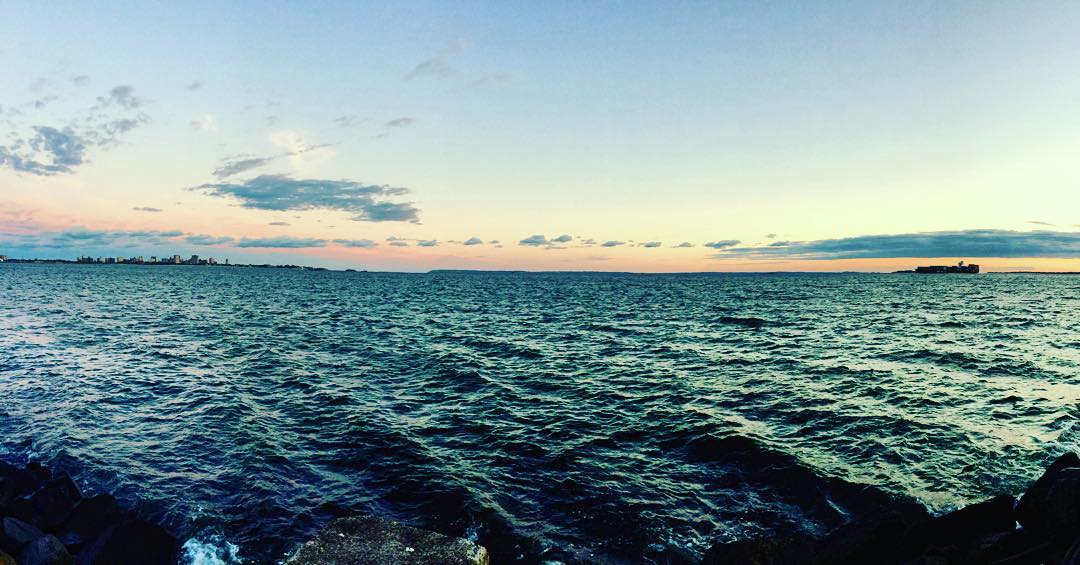The Sea Mammals Of Gravesend Bay


Gravesend Bay has a storied history of boat racing, the lore of great fishing and is home to one of the world’s largest and most iconic suspension bridges- – the Verrazano-Narrows Bridge. However, did you know our local watering hole is also on the migratory route for dolphins and whales? That seals sometimes poke their slippery heads above the foamy brine?
Gravesend Bay is an estuary, meaning it’s a partially enclosed body of water that eventually connects to the ocean. An estuary provides an important “cradle” for young fish and coastal specific species. These fish provide an important and reliable food source for the many birds and sea-mammals that pass through on their migration routes.
Where are the dolphins coming from?
Gravesend Bay gets the occasional visiting bottlenose dolphin. While sightings are infrequent, these swimmers are more common than you might think. Bottlenose dolphins have unusual migratory patterns compared with other migratory animals. Unlike birds which typically travel in massive hoards at once, dolphins tend to move by smaller family groups at only semi-predictable periods.
Bottlenose dolphins tend to move in loose groups along the coast from the North in order to reach warmer more fertile grounds below North Carolina. These long journeys may originate in Nova Scotia and eventually terminate around the Caribbean Islands. Being voracious eaters, dolphins will frequently go off course to pursue schools of fish. This is typically the reason — along with harsh weather — that dolphins are seen along Gravesend Bay.

When to spot bottlenose dolphins
While you cannot assume you’ll see a bottlenose dolphin simply by going out to Gravesend Bay, the best time is around now, before New York City heats up substantially. While migration is difficult to pinpoint directly, the last two weeks of March and early April are the best time to possibly see a bottlenose Dolphin.
The next windy, chilly day, head to Gravesend Bay and look towards Coney Island and Seagate. This ridge of water moving out past Coney Island is the most likely place that you’d see bottlenose dolphins as they’re making their way out to the Atlantic Ocean. For an even better look, head to Calvert-Vaux Park which directly faces the tip of Coney Island.

Swimming with seals
While bottlenose Dolphins are a bit harder to spot, you’d be surprised at the number of seals that hang out around Gravesend Bay! Seals are a lot easier to find once you know what to look for. The next time you’re at one of the Gravesend Bay facing parks, scan the water for what looks like a shiny football.
Seals typically rest on the water with just their long heads popping out. Occasionally, you may see them lounging along the rock jetties very early in the morning. While there are several species of seal along Gravesend Bay and surrounding waters, the most likely are the sweet faced harbor seals and larger long-nosed grey seals.
Seals are also migratory, and come in surprising numbers to our local waters in the winter and depart around the end of April. Gravesend Bay is a particularly good area to spot seals due to its proximity to Swinburne Island near the Verrazano. Swinburne Island is a popular seal hang out — just recently, seven seals were spotted within one day of walking along Gravesend Bay.
Bottlenose Dolphin Facts:
- Bottlenose Dolphins can stay underwater for as long as 15 minutes.
- Bottlenose Dolphins live in large social groups for life and have been documented to mourn their dead.
- Bottlenose Dolphins along with several species of birds, primates and elephants are widely considered to be the most intelligent animals.
- The closest living relative to the dolphin that is not a sea mammal is the hippo.
Seal Facts:
- Seals can dive as deep as 900 feet below the water’s surface.
- While more terrestrial than other marine mammals, seals still spend only about 20 percent of their lives above water.
- Seals look like dogs for a reason: Seals share a common ancestor with bears and other canines.
- In Greenland, to compare someone’s appearance to a seal is seen as a compliment.




